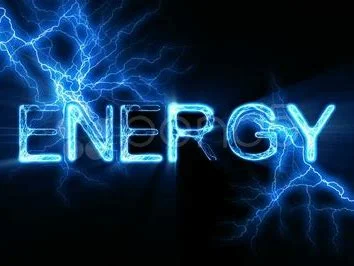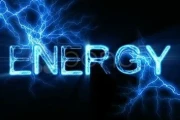Generated Title: Iceland's Volcanic Energy: A Glimpse into Our Geothermal F...
2025-11-21 4 energy
Okay, folks, let's talk about something truly exciting: how we can supercharge renewable energy in the developing world. We all know the planet's screaming for a carbon detox, and the developing world holds the key. They're sitting on untapped renewable resources, but the investment just isn't flowing like it should. It's like having a goldmine but no shovel—infuriating, right?
The big problem? Risk. Private investors are wary of plowing money into markets they see as unstable or unpredictable. Can you blame them? They need to see a clear path to returns. But what if we could flip the script? What if we could make these markets irresistible to investors?
Enter Brazil. They've cracked the code, and their success story is a blueprint for the rest of the developing world. They've managed to attract private capital, scale up renewables, and strengthen their domestic supply chains. How? Integrated planning and coordinated financial strategies. It's like they built a beautiful, functional machine, and now it's humming along, generating clean energy and economic growth.
The secret sauce? Getting development finance institutions involved early in the planning process. These institutions, like Brazil's National Development Bank (BNDES), ensure that policy objectives and financial instruments are aligned. This creates a stable, predictable, and transparent environment that private investors crave. We're talking about a 90% renewable electricity mix and half of their total energy supply powered by renewables. These institutions bring the resources and skills to support the country’s Energy Ministry with planning, development, and implementation. The regularity of renewable energy auctions also provide clear investment signals and support the development of a robust project pipeline. A stable regulatory framework and clearly defined institutional roles contribute to improved coordination among stakeholders. The use of planning tools such as the National Energy Balance, the Ten-Year Energy Expansion Plan, and the Long-term Energy Strategy, have also been pivotal at enabling data-driven decision making and long-term scenario analysis.
Think of it like this: Brazil built a bridge, not just a road. A bridge that connects policy with finance, ambition with action.

Now, I know what you're thinking: "That's great for Brazil, but what about other countries?" And that's where the Global Coalition for Energy Planning (GCEP) comes in. Launched by Brazil and the International Renewable Energy Agency (IRENA), GCEP aims to help other countries develop their own investment-ready energy plans. But here's the crucial point: GCEP isn't trying to export the Brazilian model wholesale. It's about co-developing tailored solutions that fit each country's unique context, capabilities, and priorities. This is the kind of collaborative, adaptive approach we need to see more of.
Many developing countries lack the institutional capacity and resources to fully utilize energy planning tools. In some cases, the planning process is fragmented across agencies and developed in isolation from broader development strategies. In others, limited access to data, modelling tools, and technical expertise hinders the translation of energy and climate goals into implementable pathways. Financial actors are often involved late in the process, disconnecting theoretical planning from practical follow-through. As highlighted in How To Boost Renewable Energy in the Developing World, unlocking investment in these regions is critical for achieving global climate goals.
This is the kind of breakthrough that reminds me why I got into this field in the first place.
We're at an inflection point. The world has agreed to triple renewable power capacity by 2030. That's a monumental goal, but it's within reach if we can unlock the investment potential of the developing world. Nationally Determined Contributions (NDCs)—which outline national plans to reduce greenhouse gas emissions under the Paris Agreement—still being submitted at COP30, the conference will show whether governments have responded seriously to the task at hand. By demonstrating that the energy transition is not a cost, but a strategic investment in energy security and socio-economic development, we can empower countries to present more ambitious renewable energy targets. However, targets are only meaningful to the extent that they can be realized. This means investing not only in renewable power generation, but also in the grids and infrastructure that can enable its deployment at scale.
The technology is there, the know-how is there, the incentive is there. What's missing is the bridge between ambition and action. We need to move beyond slogans and aspirations and get down to concrete, pragmatic implementation. We need credible, investment-ready plans that can turn commitments into real-world progress.
So, what does all of this mean? It means we have a real opportunity to create a cleaner, more sustainable future for everyone. It means we can empower developing countries to become leaders in the renewable energy revolution. It means we can unlock trillions of dollars in investment and create millions of jobs. It's a win-win-win! Of course, with such power comes responsibility. We need to ensure that this transition is just and equitable, that it benefits all communities, and that it protects the environment. But I believe we're up to the challenge. I believe we can build a better world, powered by clean, renewable energy. And I believe that Brazil's blueprint, coupled with the collaborative spirit of GCEP, can show us the way.
Tags: energy
Related Articles

Generated Title: Iceland's Volcanic Energy: A Glimpse into Our Geothermal F...
2025-11-21 4 energy